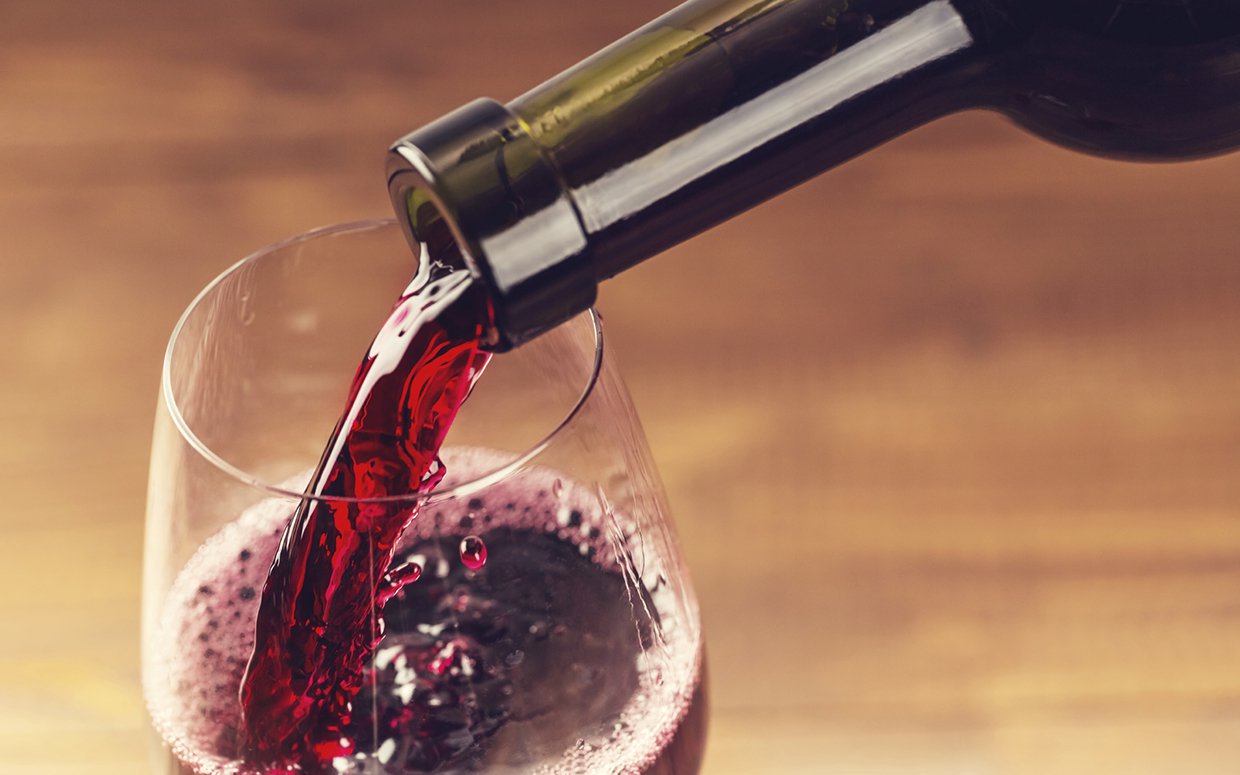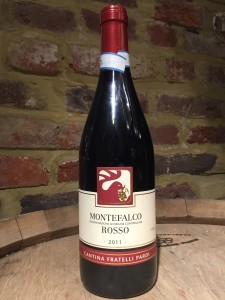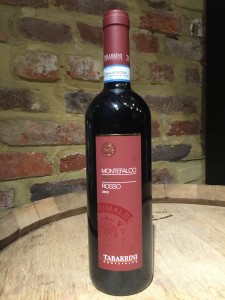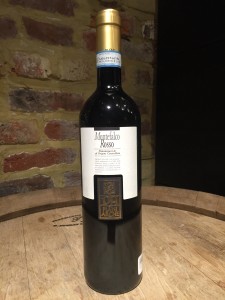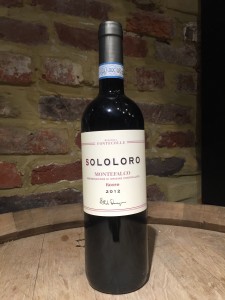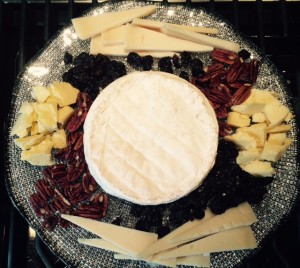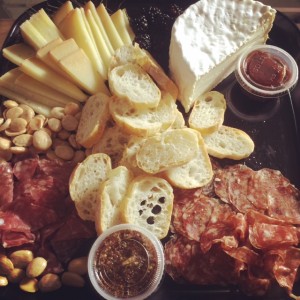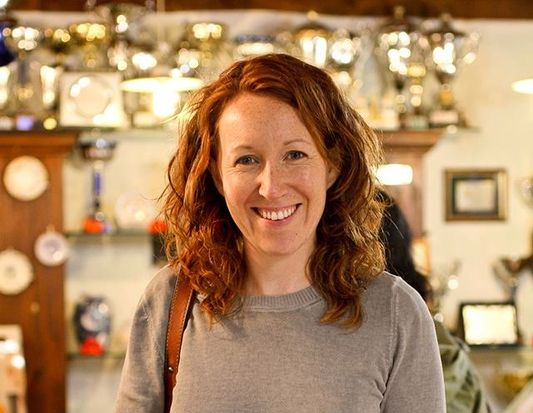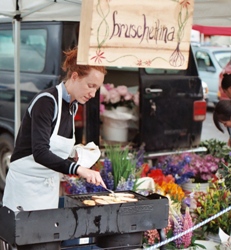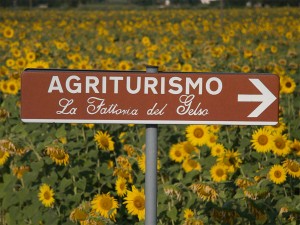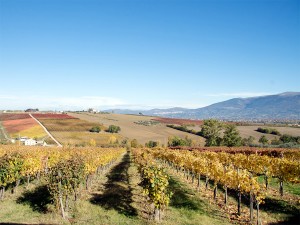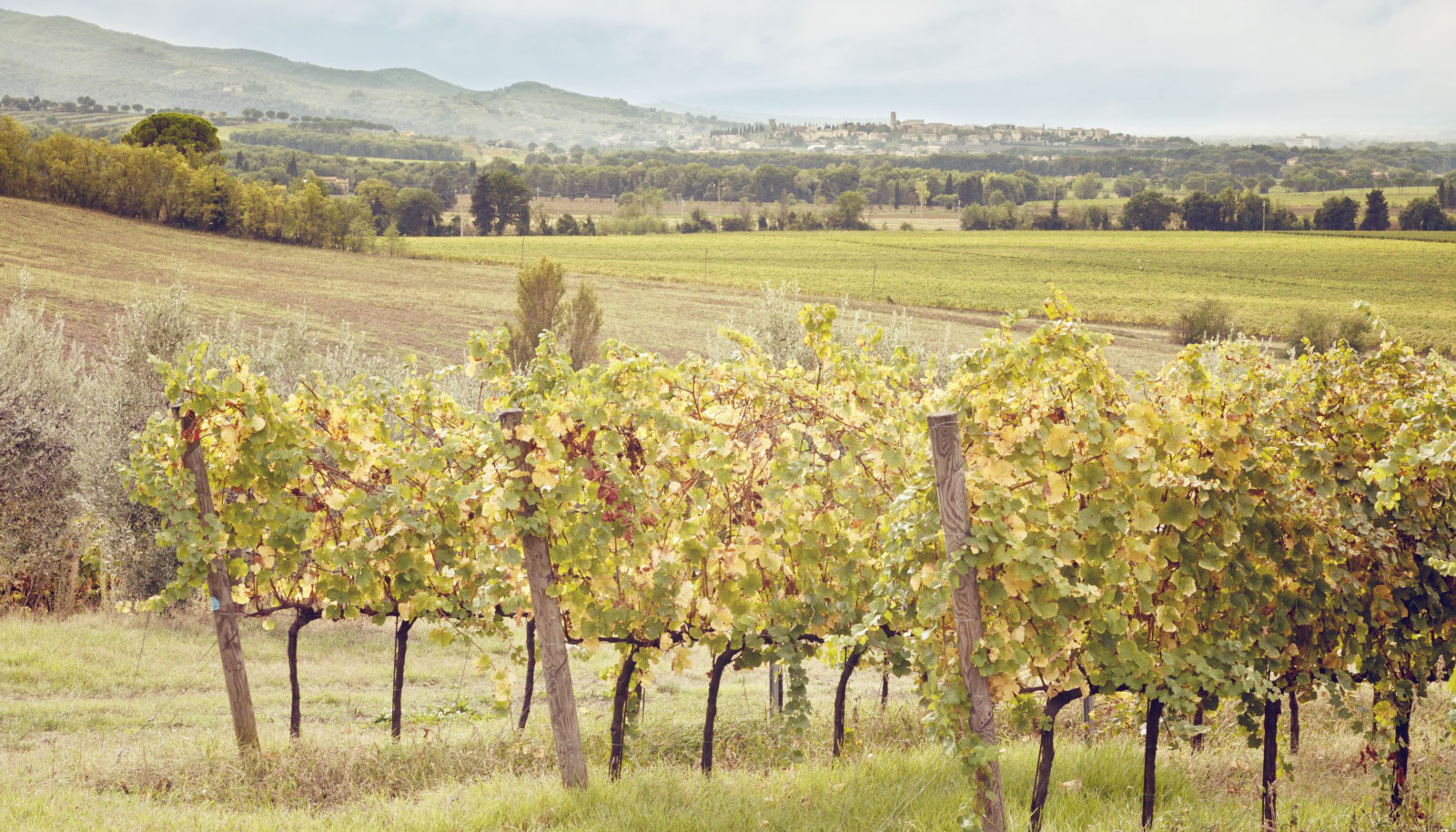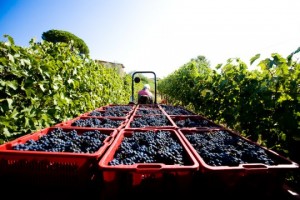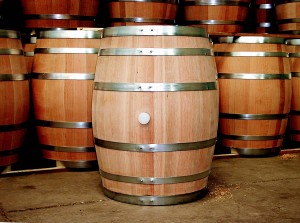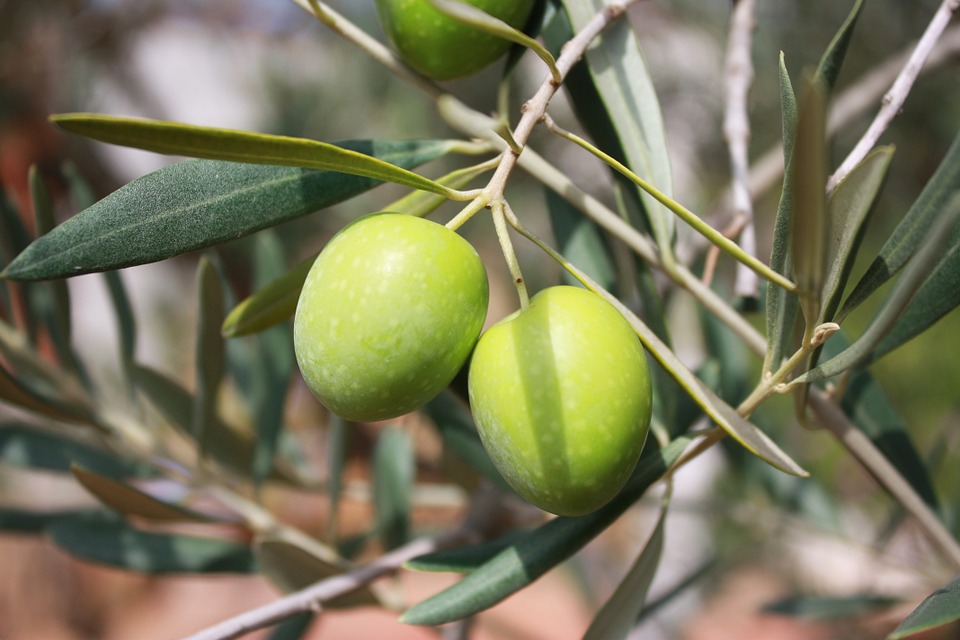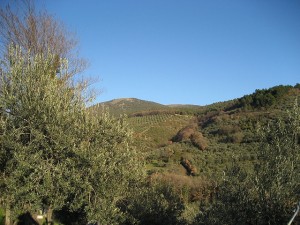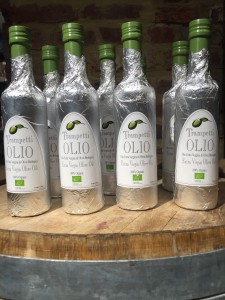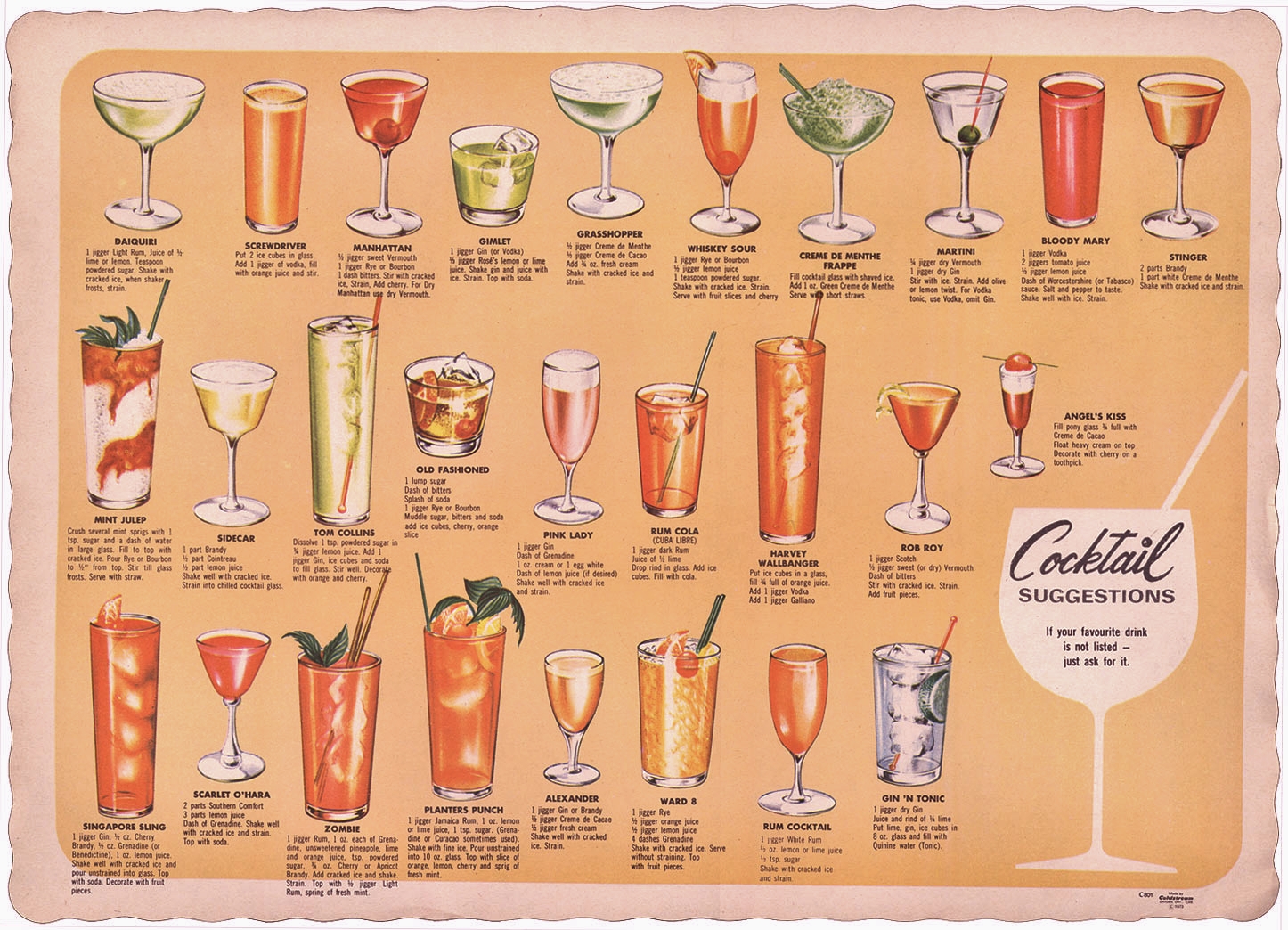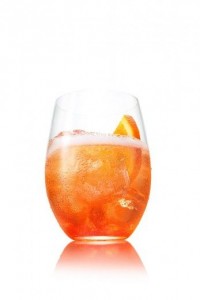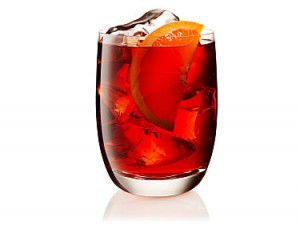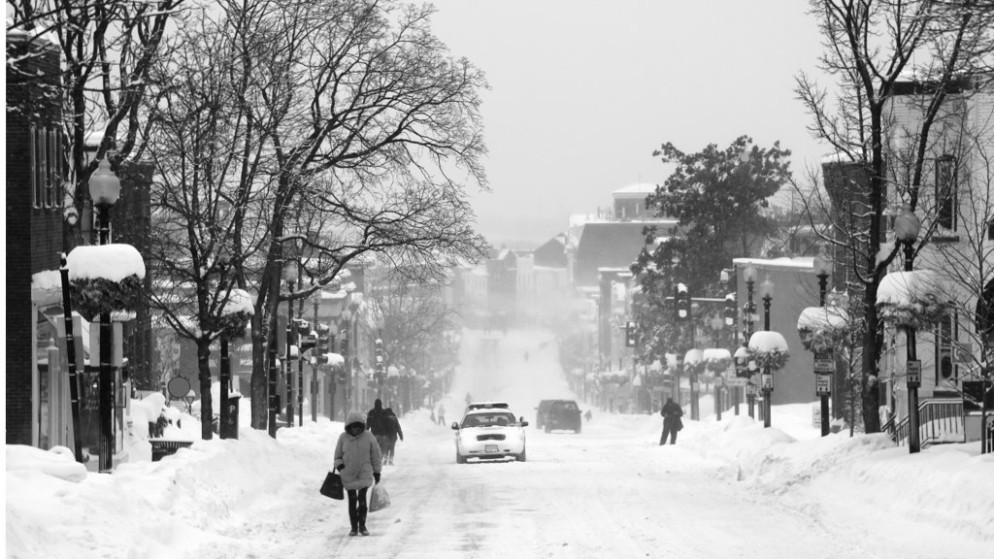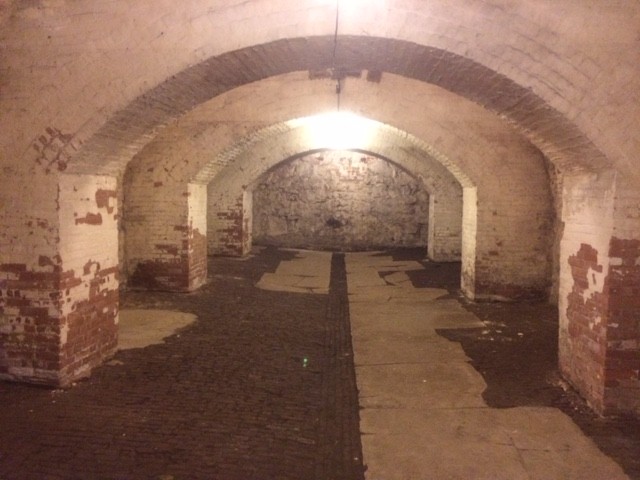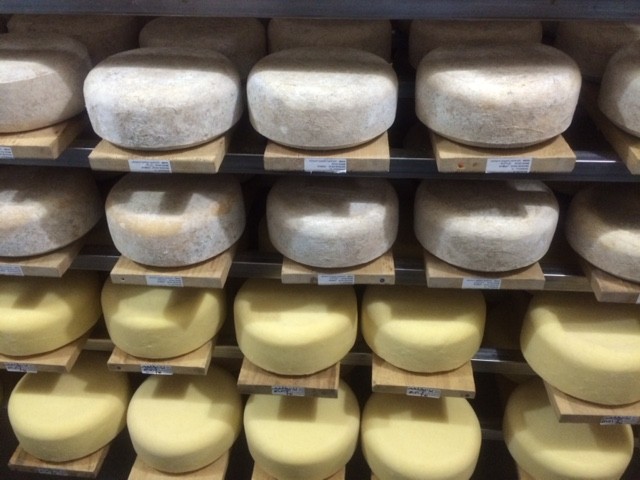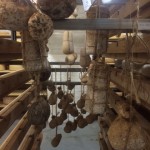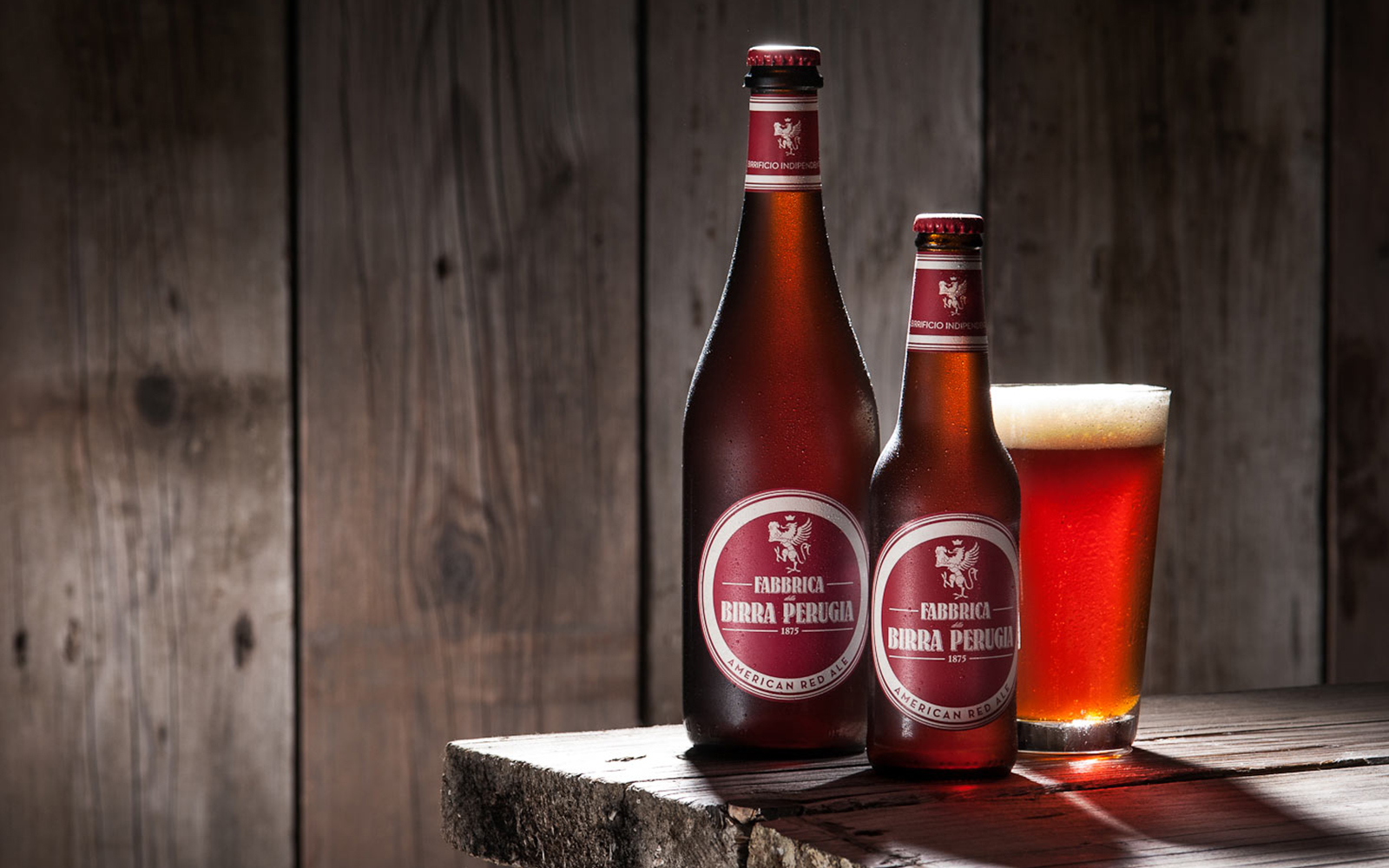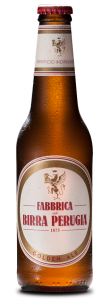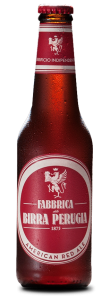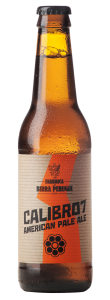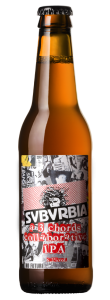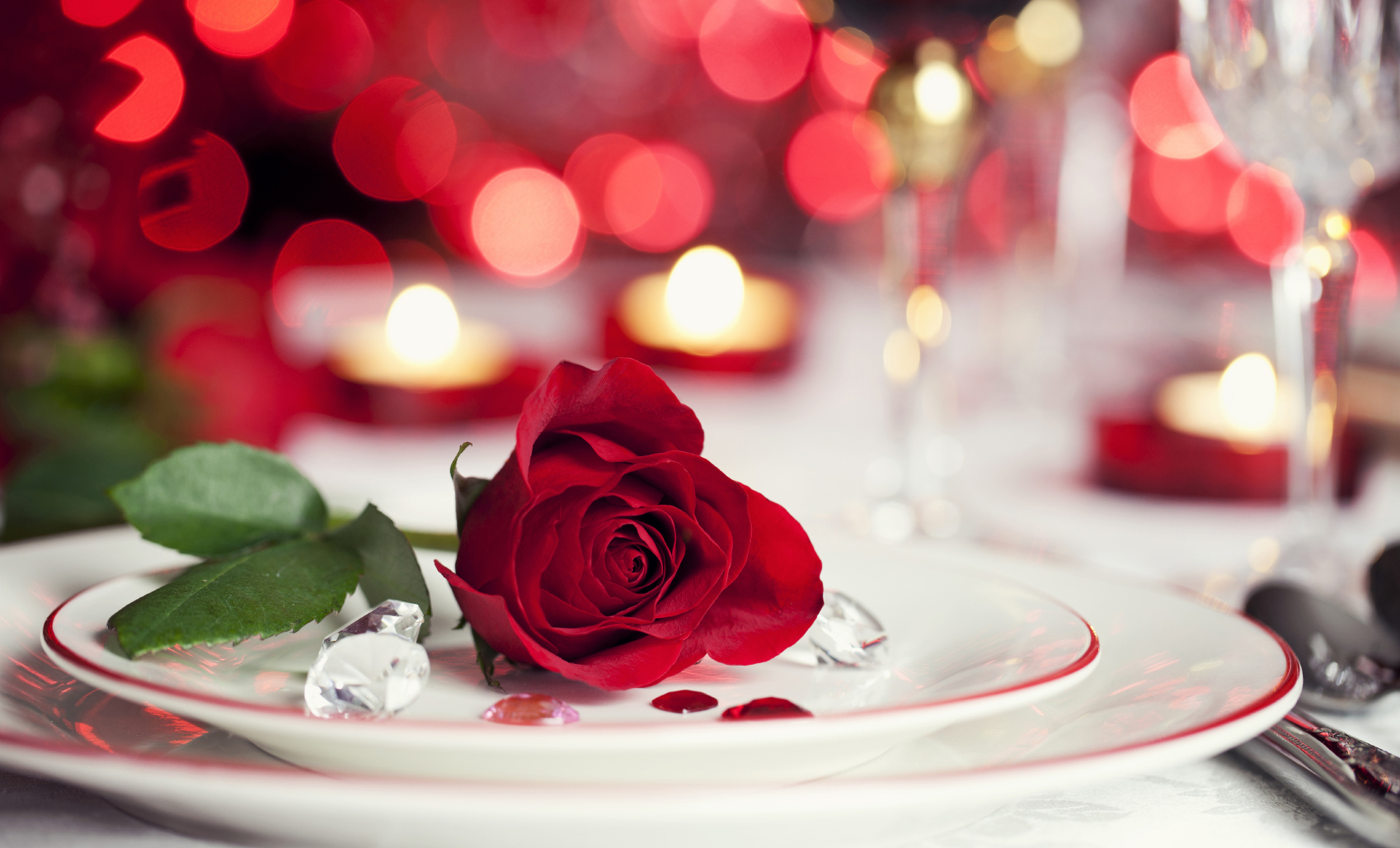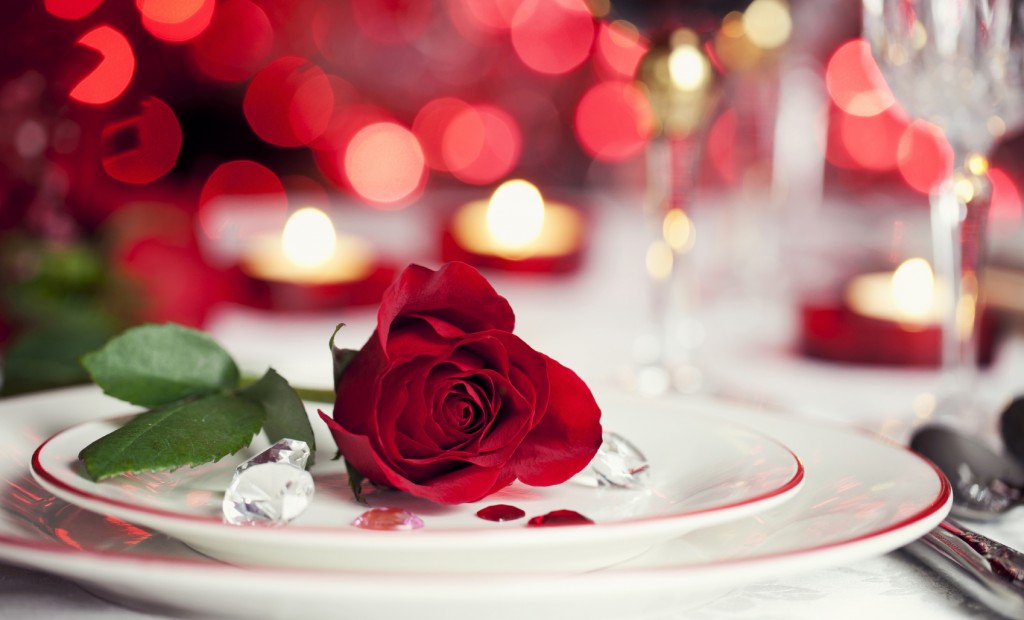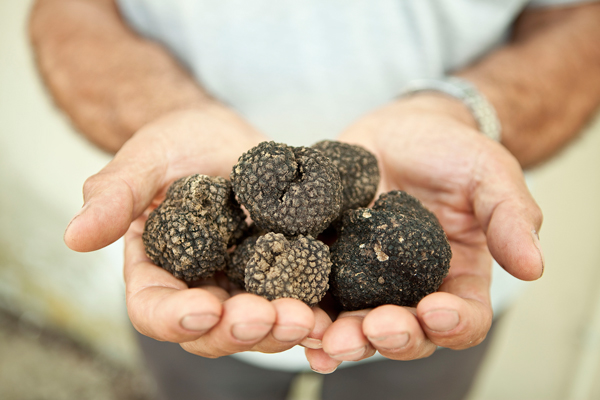To prepare for tomorrow’s Montefalco Rosso wine tasting class with visiting Italian sommelier Ombretta Uboldi, we met up with Sommelier and Chef Vickie Reh in the Via Umbria enoteca to learn about the Wednesday night wine line up. Here’s what Vickie had to say about what you’ll be tasting:
In the town of Montefalco in Umbria, they produce a Montefalco Rosso and a Sagrantino. One is not a lesser version of the other. Sagrantino is simply 100% Sagrantino, and the Montefalco Rosso is primarily a Sangiovese. Tomorrow, we’re featuring a selection of Montefalco Rosso wines.
It’s nice, I think, because the Sagrantino is a super deep, dark, extracted wine, and you can’t have something deep, dark, extracted, and tannic with every food. Sometimes you need a lighter wine, and the Montefalco is a lighter wine. It’s still by no means thin, but it’s something that can go with light pork dishes, chicken, vegetarian dishes, and cheese.
So that’s where we are tomorrow. Ombretta is going to show you wines from 4 different producers: Pardi, Tabarrini, Plani Arche, and Sololoro. Most of them are 70% Sangiovese, 15% Sagrantino, and then each one has a different combination of the last 15%. The Pardi is probably the lightest, and the Sololoro is probably the deepest and darkest. The Tabarrini and Plani Arche are more in the middle, even though they are on the darker side.
Two are organic, and two are sustainably farmed but not “certified organic.” To a certain extent, you have the same grapes in all of them, but some are fuller, some are lighter, some have different oak treatments, or different soil types and sites. Some are deeper and some are lighter. You really have to taste them side by side to get it.
This is just the tip of the iceberg, because we think the best way to learn about these unique wines is to taste them for yourself. That’s why we’re offering several unique opportunities to learn about Umbrian wines in March with Umbrian food and wine experts Ombretta and Ernesto: three interactive wine classes and three dinners featuring Umbrian dishes perfectly paired with the wine’s you’ll learn about. Join us for a class, a dinner, or a combination of both for the ultimate Umbrian wine experience!
Wednesday March 2: Discover Umbrian Wines with Ombretta
Wednesday March 9: Discover Umbrian Wines with Ombretta
Wednesday March 16: Discover Umbrian Wines with Ernesto
Ci vediamo!

